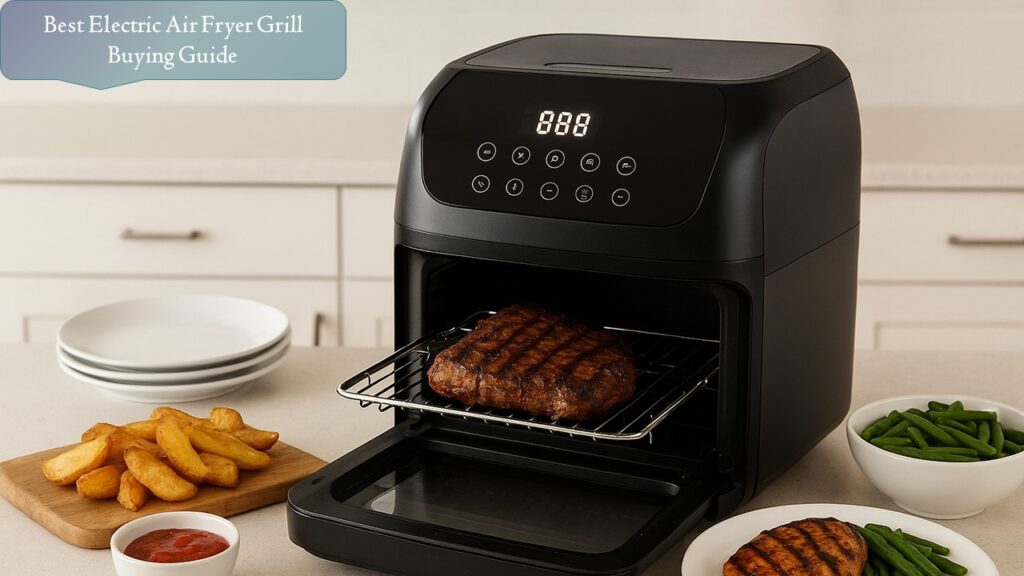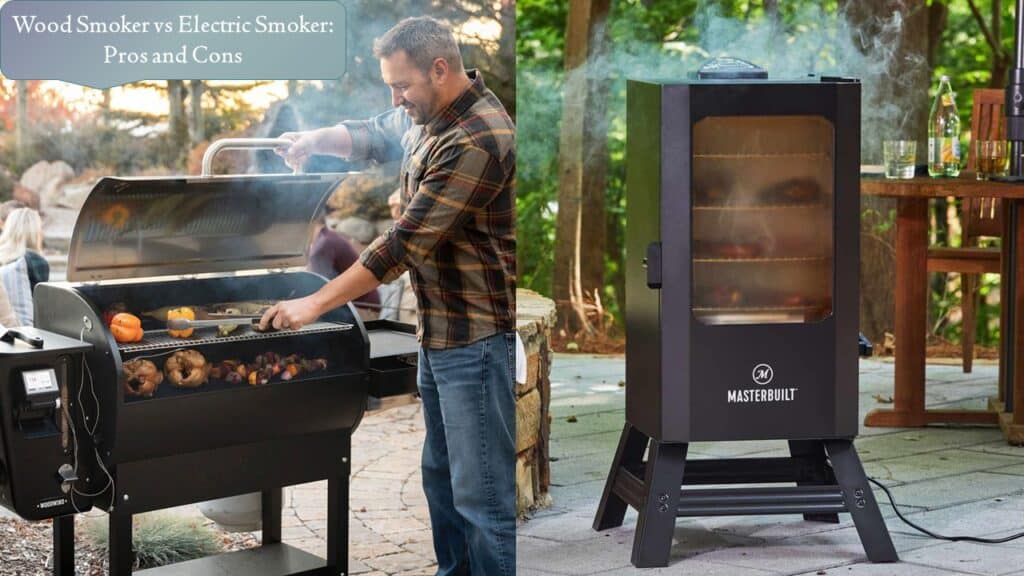When it comes to designing or upgrading your kitchen, one of the biggest decisions you’ll face is selecting the right cooktop. Your cooktop is the heart of your kitchen – where you prepare meals, experiment with recipes, and bring your culinary vision to life. But with so many cooktop types available today, choosing the right one can feel overwhelming.
From gas to induction, electric, and even modular cooktops, each option comes with its unique features, pros, and considerations. In this guide, we’ll break down the different types of cooktops, their benefits, and what you should consider before making your decision. By the end, you’ll have a clear idea of which cooktop best suits your cooking style, kitchen design, and budget.
-
Gas Cooktops
Gas cooktops are a classic choice for both home cooks and professional chefs. They use natural gas or propane to deliver an open flame, giving you precise control over cooking temperatures.
Benefits of Gas Cooktops:
- Instant Heat Control: You can quickly increase or decrease heat by adjusting the flame.
- Visual Cue: Seeing the flame makes it easy to monitor heat levels.
- Versatility: Works with all types of cookware, including cast iron, stainless steel, and copper.
- High Heat: Great for searing, stir-frying, and boiling water fast.
Things to Consider:
- Requires a gas line connection.
- Cleaning can be tricky due to burners and grates.
- Typically uses more energy compared to electric or induction.
Best for: People who love traditional cooking methods, want precise temperature control, or frequently use specialty cookware.
-
Electric Cooktops
Electric cooktops are a common choice for modern homes. They rely on heating elements powered by electricity, and they’re available in both coil and smooth-glass options.
Benefits of Electric Cooktops:
- Easy to Use: Simple controls and no need for a gas connection.
- Smooth-Top Aesthetic: Glass-ceramic cooktops look sleek and modern.
- Even Heating: Great for simmering and slow cooking.
- Affordable: Typically cheaper upfront than induction or gas.
Things to Consider:
- Slower to heat up and cool down compared to gas.
- Glass tops can scratch easily.
- Not as responsive as gas or induction.
Best for: Casual cooks, apartment dwellers, or those looking for an affordable and easy-to-install option.
-
Induction Cooktops
Induction cooktops are the future of cooking technology. Instead of using flames or heating elements, induction cooktops use electromagnetic fields to heat your cookware directly.
Benefits of Induction Cooktops:
- Speed: Heats up faster than gas or electric.
- Energy Efficiency: Transfers energy directly to the pan, reducing heat loss.
- Safety: The surface stays cool to the touch, reducing burn risk.
- Precision: Offers accurate temperature control for delicate cooking.
- Easy to Clean: Smooth surface wipes down easily.
Things to Consider:
- Requires compatible cookware (magnetic-bottom pans).
- More expensive than electric or gas.
- May require dedicated electrical wiring.
Best for: Tech-savvy home chefs, energy-conscious households, or anyone who values speed and safety in the kitchen.
-
Modular Cooktops
Modular cooktops allow you to mix and match cooking elements, giving you ultimate flexibility. You can combine gas burners, induction zones, a grill, or even a griddle all in one cooktop.
Benefits of Modular Cooktops:
- Customization: Build your cooktop based on your cooking style.
- Versatility: Switch between multiple cooking methods on the same surface.
- Luxury Appeal: Offers a high-end, professional look.
Things to Consider:
- Higher cost due to customization.
- May require more counter space.
- Installation can be complex.
Best for: Serious home chefs or those designing a custom kitchen layout.
-
Downdraft Cooktops
Downdraft cooktops come with built-in ventilation, eliminating the need for an overhead range hood.
Benefits of Downdraft Cooktops:
- Space-Saving: Perfect for kitchens with no space for an overhead hood.
- Modern Design: Sleek and minimalistic look.
- Integrated Ventilation: Pulls smoke and steam directly from the cooking surface.
Things to Consider:
- Ventilation may not be as powerful as a dedicated hood.
- Limited style and configuration options.
- Typically more expensive than standard cooktops.
Best for: Small kitchens or open-concept spaces where a range hood would block views.
-
Coil Cooktops
Coil cooktops are the most traditional and budget-friendly electric option. They feature exposed heating coils that heat pots and pans directly.
Benefits of Coil Cooktops:
- Durable: Coils are tough and resistant to scratches or cracks.
- Affordable: One of the cheapest cooktop options available.
- Easy to Replace: Heating coils can be swapped out if they wear out.
Things to Consider:
- Less attractive design compared to smooth tops.
- Slower and less precise than induction or gas.
- More difficult to clean.
Best for: Budget-conscious buyers or rental properties.
-
Portable Cooktops
Portable cooktops, either electric or induction, are perfect for small spaces, dorm rooms, or RVs.
Benefits of Portable Cooktops:
- Compact and Lightweight: Easy to move or store.
- Affordable: Great option for temporary or secondary cooking needs.
- Energy Efficient: Induction models are especially efficient.
Things to Consider:
- Limited cooking area.
- Not ideal for large meals or frequent cooking.
Best for: Travelers, small kitchens, or anyone who needs an additional cooking surface.
Key Factors to Consider When Choosing a Cooktop
With so many types of cooktops available, here are the factors to help you make your decision:
-
Cooking Style:
- Gas is perfect for quick temperature changes and high-heat cooking.
- Induction is great for precision and speed.
- Electric is reliable for slow, steady cooking.
-
Kitchen Space:
- Small kitchens may benefit from portable or downdraft cooktops.
- Large kitchens can accommodate modular or high-end gas ranges.
-
Budget:
- Coil and electric cooktops are most affordable.
- Induction and modular cooktops are higher-end investments.
-
Cookware Compatibility:
- Induction requires magnetic-bottom cookware.
- Gas and electric work with almost all cookware types.
-
Aesthetic and Design:
- Smooth glass and induction cooktops look sleek and modern.
- Gas cooktops offer a professional kitchen vibe.
-
Energy Source:
- Choose gas if your home is already equipped with a gas line.
- Electric or induction is ideal if your home is all-electric.
Final Thoughts:
Choosing the right cooktop can completely transform your cooking experience. If you’re a traditional cook who loves the feel of a flame, gas cooktops are your best bet. If speed, energy efficiency, and safety are your priorities, go with induction. Electric options are perfect for a modern, budget-friendly kitchen, while modular cooktops let you create a personalized cooking station.
Take the time to assess your kitchen space, cooking habits, and budget. With this knowledge, you’ll not only choose the perfect cooktop but also make meal prep easier, faster, and more enjoyable for years to come.







